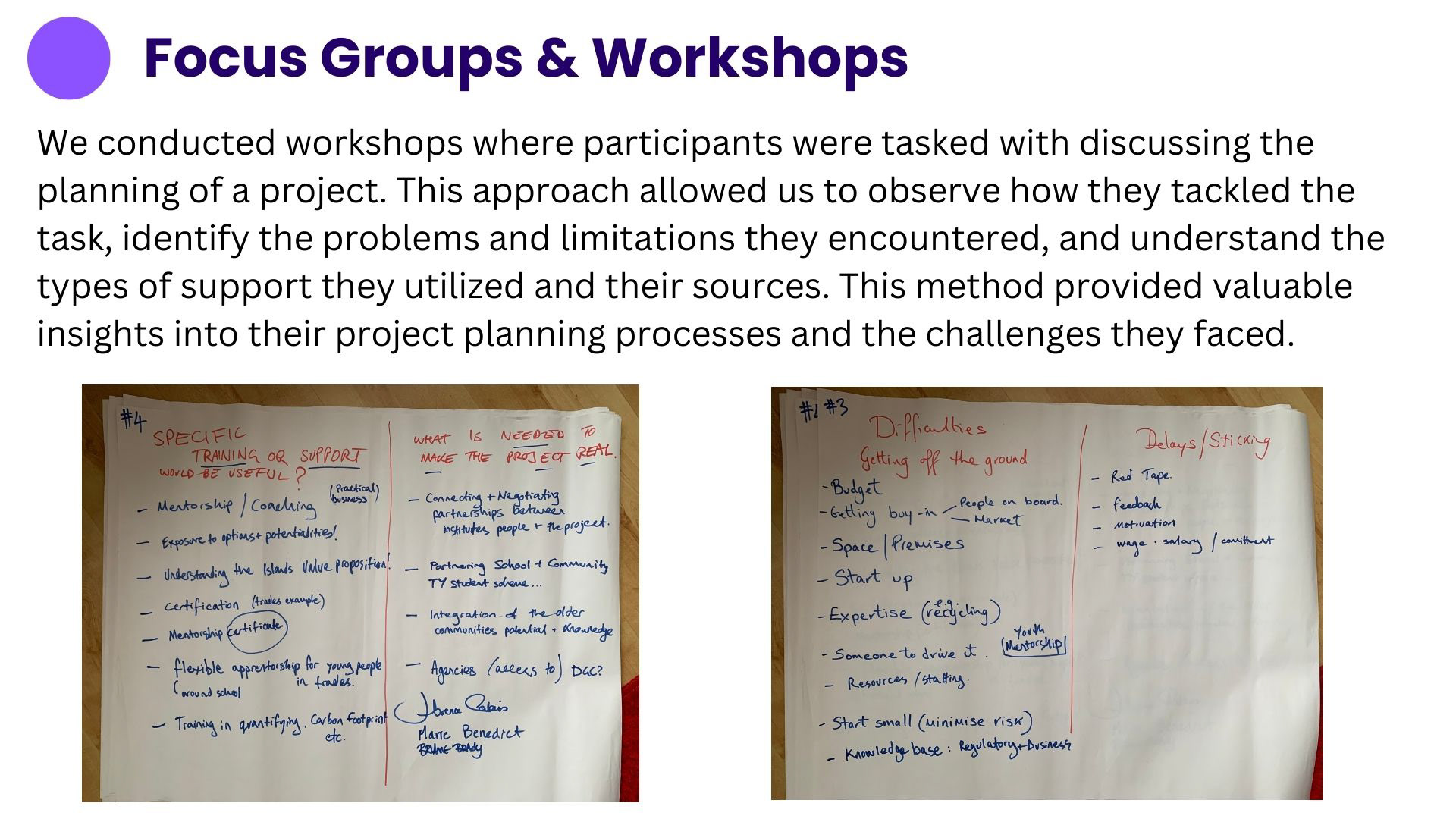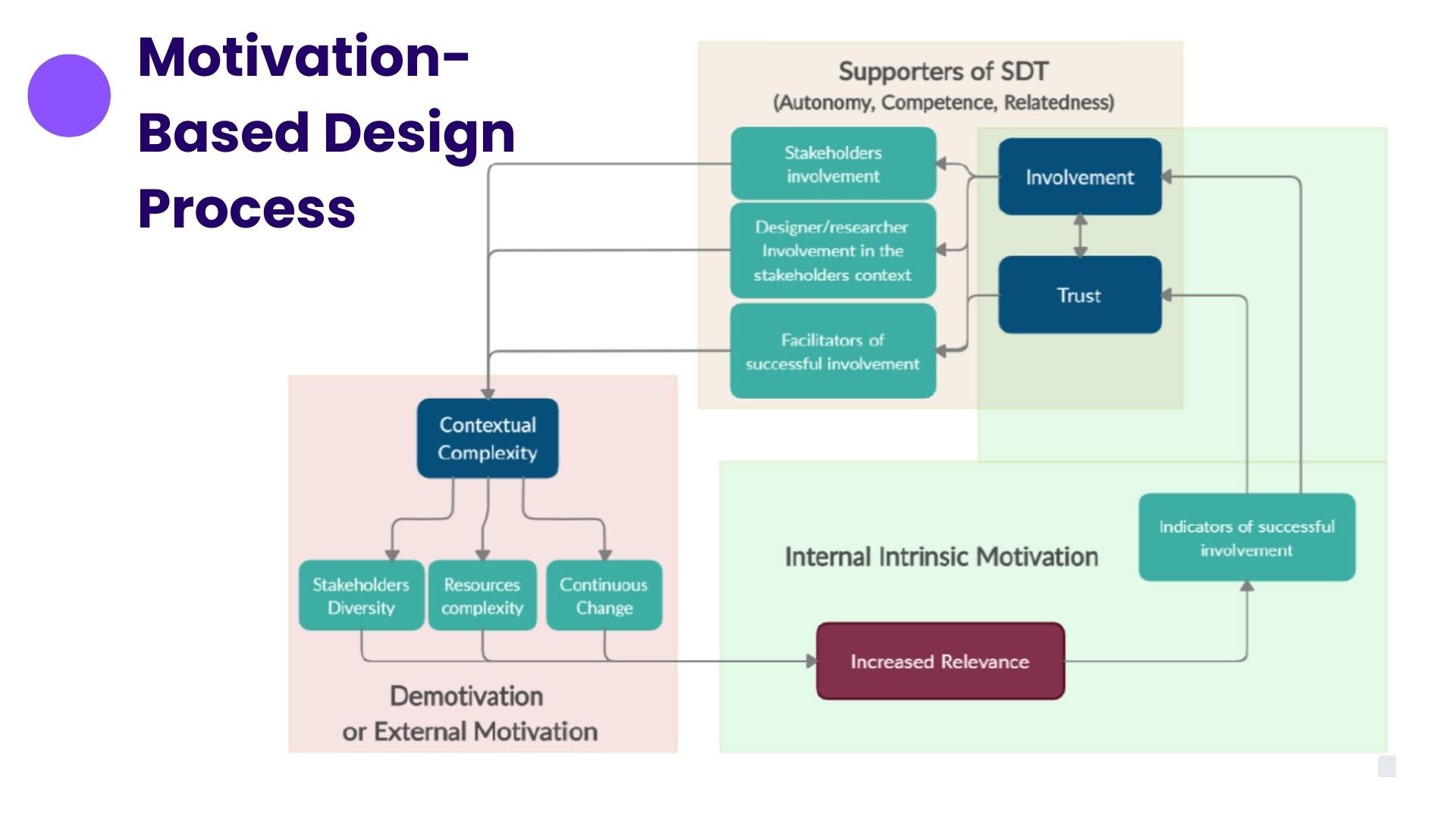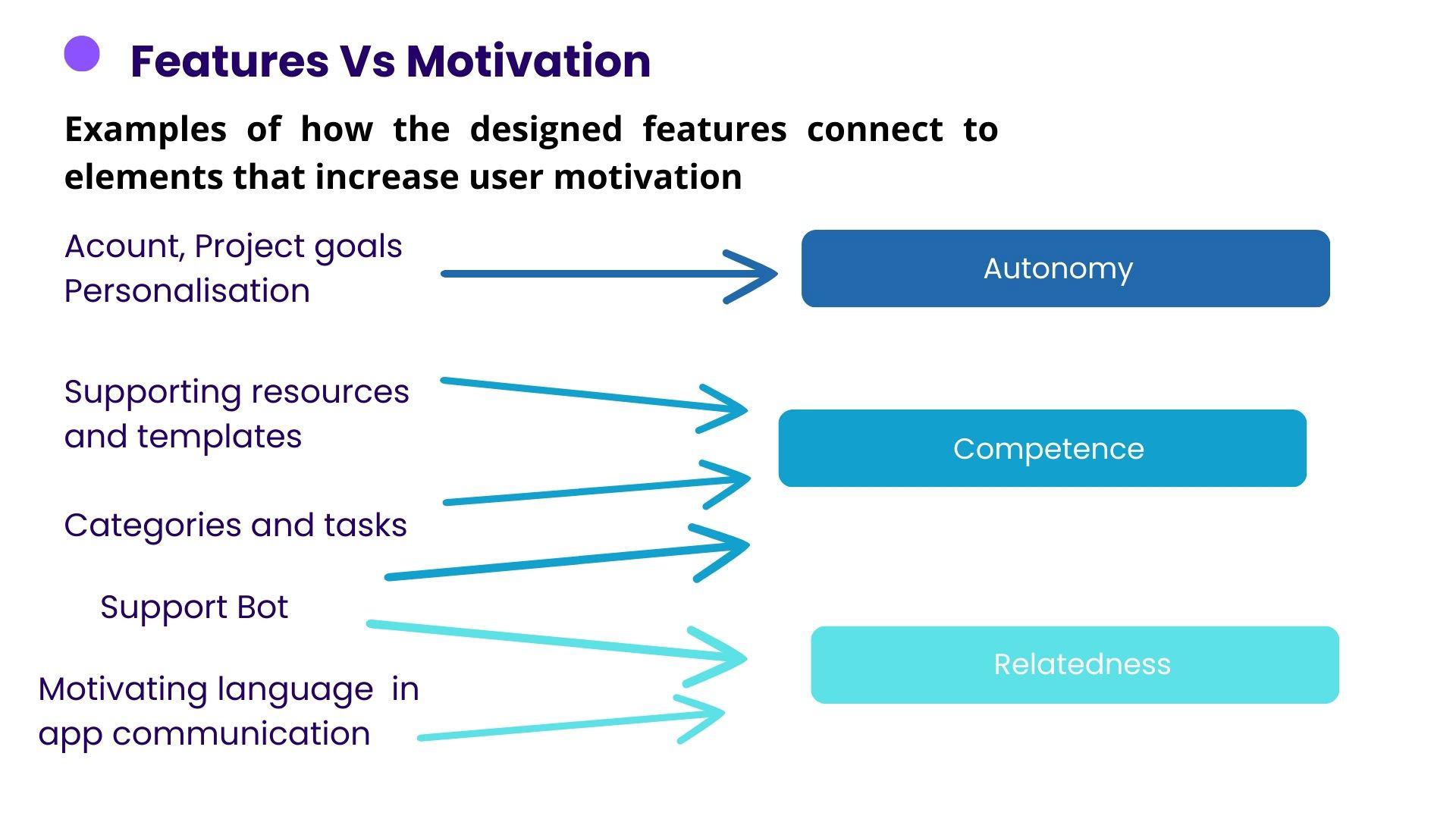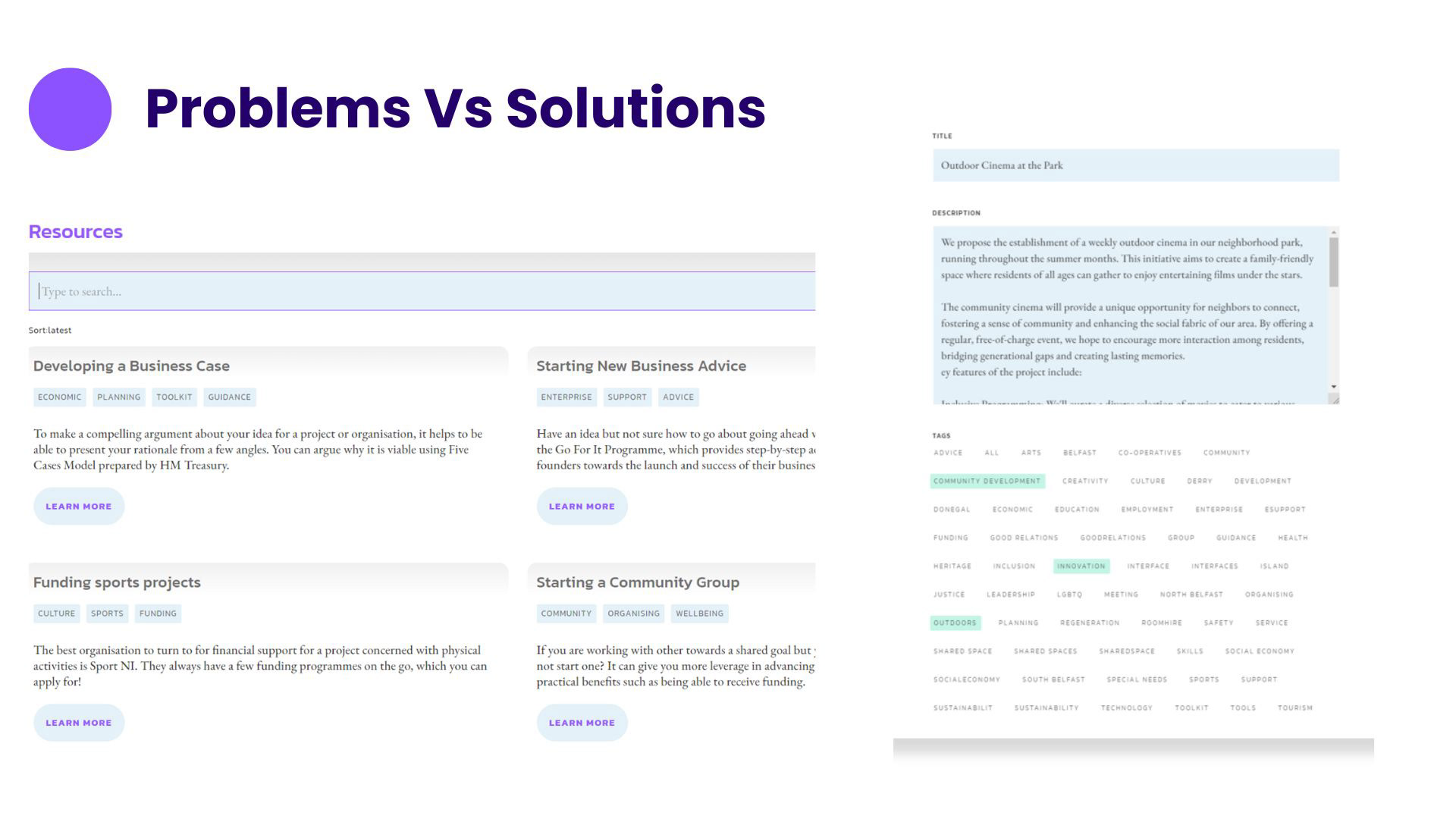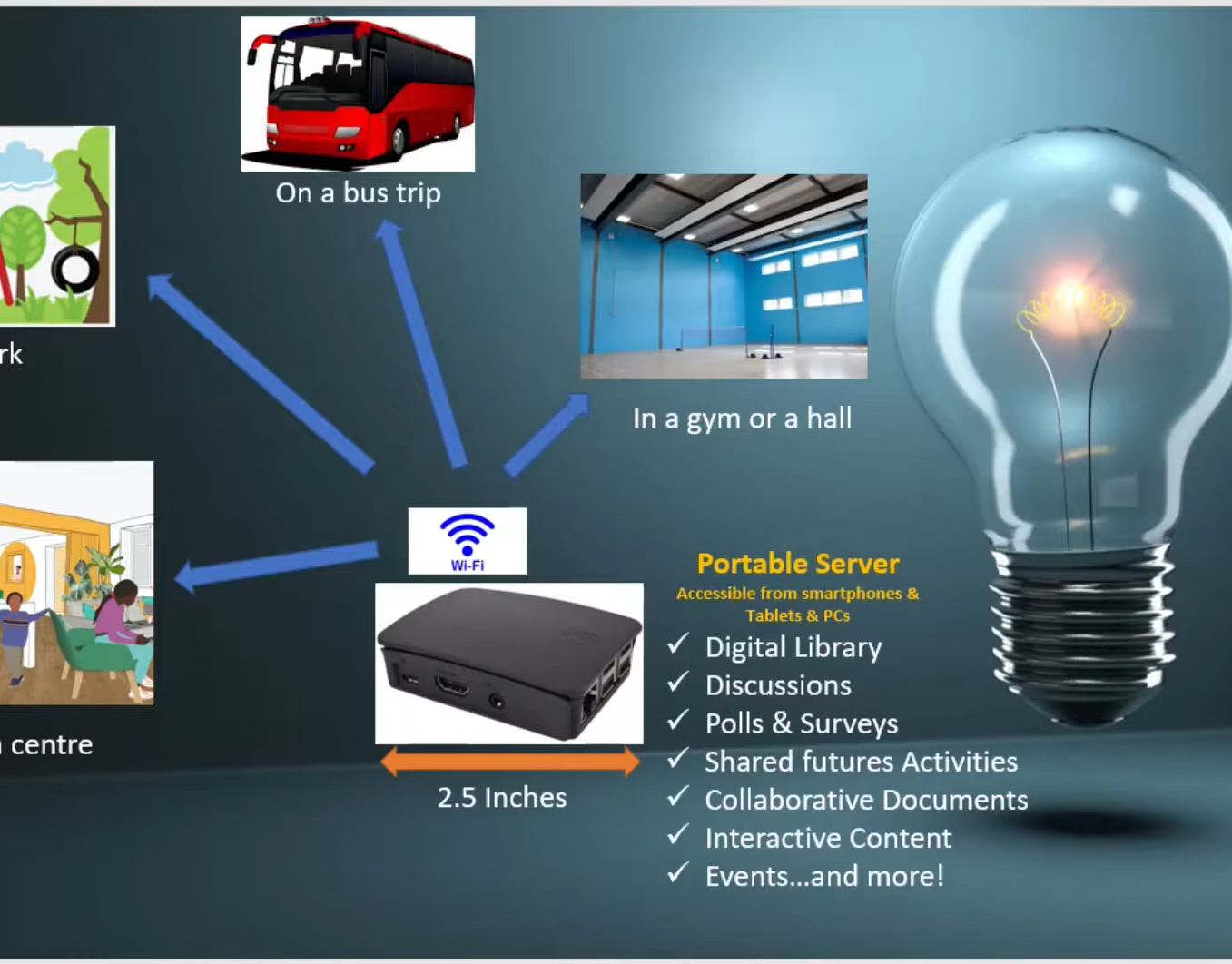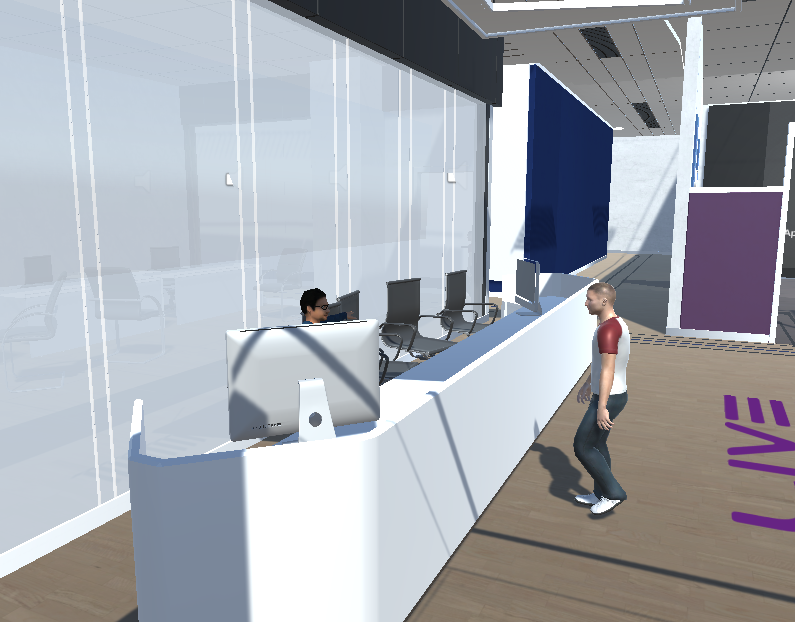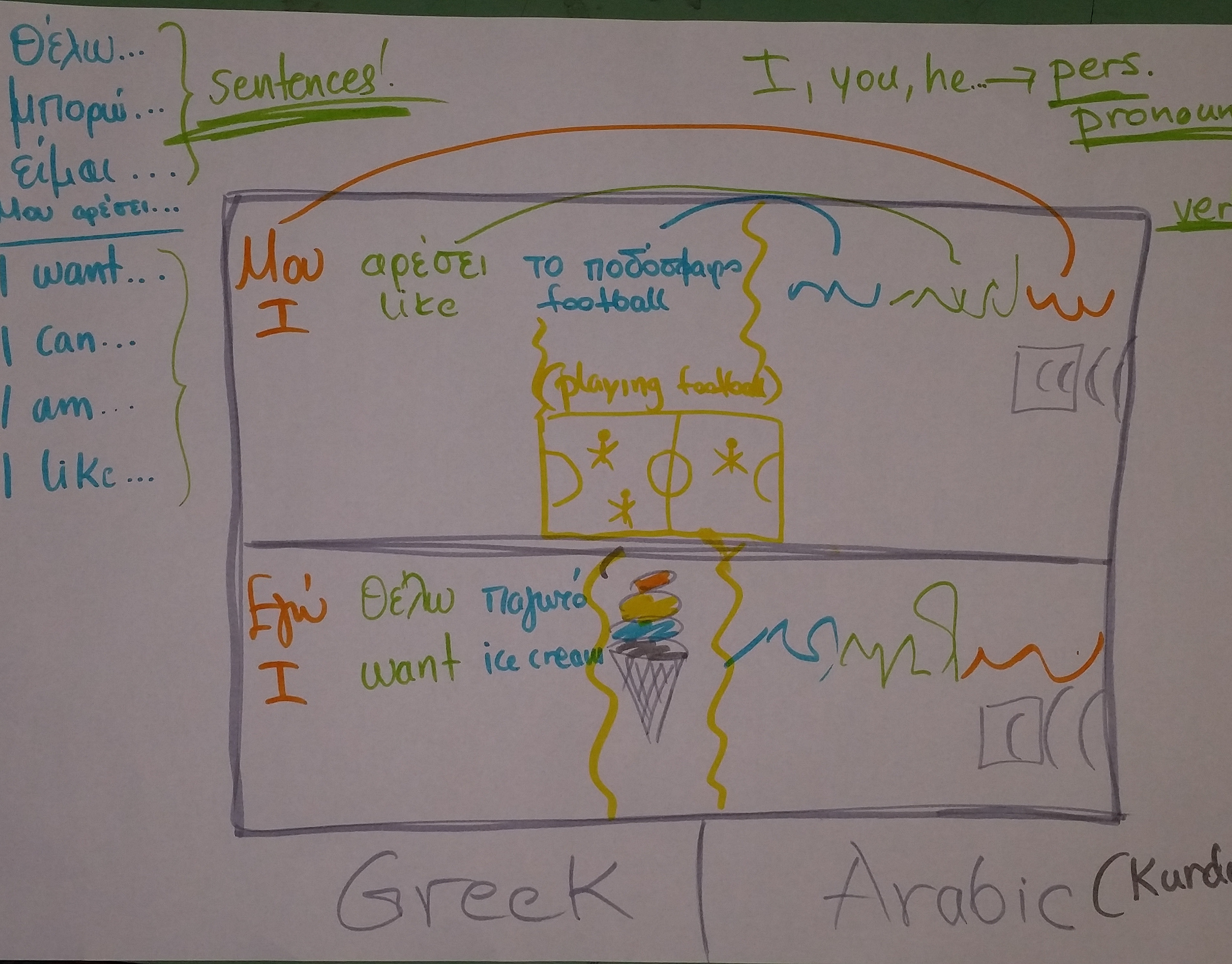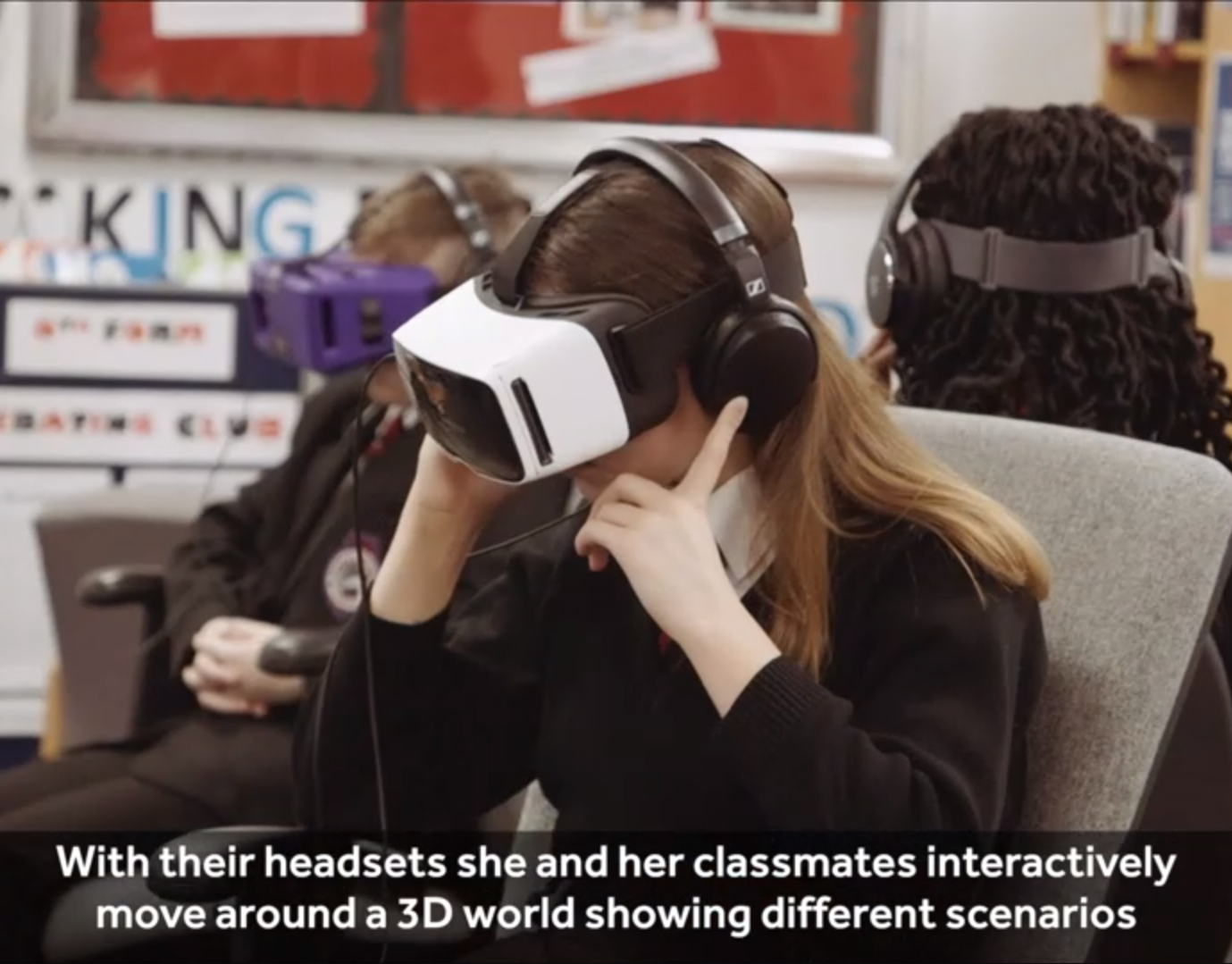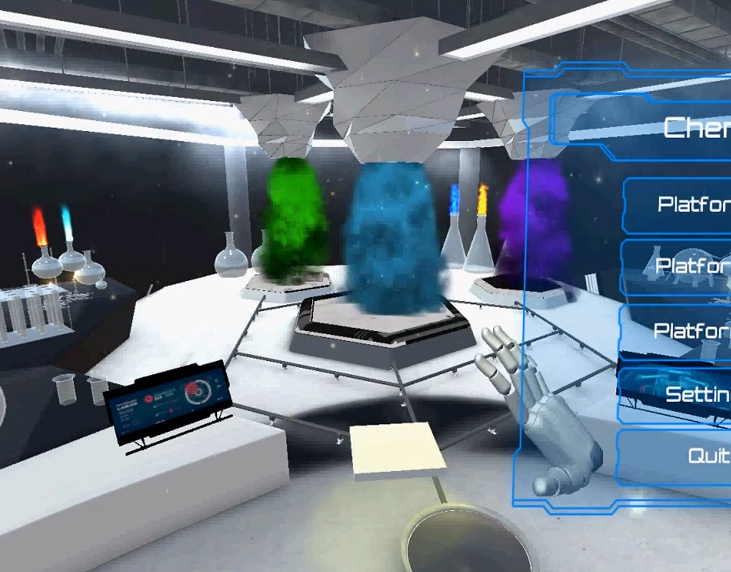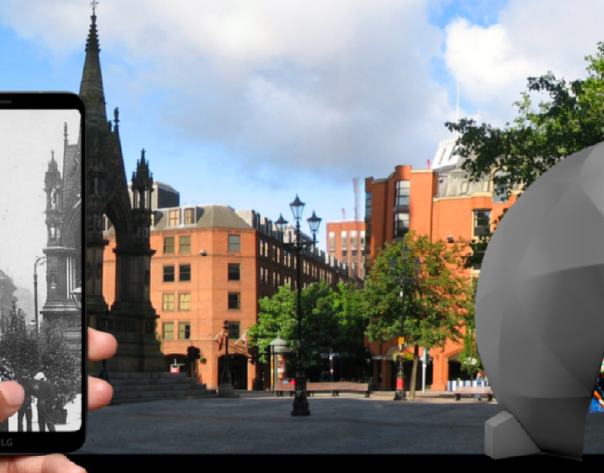Project Overview:
I led UX Research to develop a user-friendly project management platform from scratch, tailored for community organisations and individuals with varying levels of digital literacy in Northern Ireland. The platform aimed to simplify collaboration, asset management, and knowledge sharing. Following its successful initial deployment, the platform expanded to support mental health initiatives across multiple locations in England. As the platform was commissioned by NGOs receiving government and public funding, and later adopted by NHS-linked mental health services, the project followed GDS principles and accessibility standards throughout its design and delivery.
Timeline & Process:
Requirement Gathering & Initial Research:
Conducted extensive qualitative research—including interviews, focus groups, contextual inquiries, and a comprehensive questionnaire covering 165 participants across Belfast, Derry, Donegal, and Arranmore Island. These activities were conducted in line with GDS's emphasis on understanding user needs and ensuring services are designed based on real user requirements.
Conducted extensive qualitative research—including interviews, focus groups, contextual inquiries, and a comprehensive questionnaire covering 165 participants across Belfast, Derry, Donegal, and Arranmore Island. These activities were conducted in line with GDS's emphasis on understanding user needs and ensuring services are designed based on real user requirements.
Iterative Design & Resource Mapping:
Worked closely with designers to create iterative prototypes in Figma, continuously validated through user testing. Concurrently, researched and integrated over 250 community resources into an accessible database to support new users. Design iterations were delivered within Agile sprints, with weekly reviews. Research findings were shared through sprint reviews and Show & Tell sessions, informing backlog priorities and interface refinements.
Worked closely with designers to create iterative prototypes in Figma, continuously validated through user testing. Concurrently, researched and integrated over 250 community resources into an accessible database to support new users. Design iterations were delivered within Agile sprints, with weekly reviews. Research findings were shared through sprint reviews and Show & Tell sessions, informing backlog priorities and interface refinements.
Beta Release & Usability Testing:
Conducted moderated and unmoderated usability tests (via Loopback and UserTesting) identifying critical onboarding pain points, resulting in significant enhancements. Usability testing sessions were designed following GDS guidelines, ensuring that the platform was accessible and met the needs of all users, including those with disabilities.
Conducted moderated and unmoderated usability tests (via Loopback and UserTesting) identifying critical onboarding pain points, resulting in significant enhancements. Usability testing sessions were designed following GDS guidelines, ensuring that the platform was accessible and met the needs of all users, including those with disabilities.
Expansion & Customisation:
Post-launch, facilitated platform adaptation for mental health projects across 14 regions in Essex, increasing the user base from 170 to over 290 users. Currently overseeing further expansion into Bristol, with an additional 80 users expected shortly.
Post-launch, facilitated platform adaptation for mental health projects across 14 regions in Essex, increasing the user base from 170 to over 290 users. Currently overseeing further expansion into Bristol, with an additional 80 users expected shortly.
Key Contributions:
▪ Led all UX research activities, partnering with non-UX researchers, designers, engineers, and stakeholders.
▪ Directly contributed to key design solutions, notably the "Remix" feature.
▪ Managed onboarding of new technical teams during expansion, adopting agile and user-centred design methods, significantly improving cross-team empathy and communication.
Outcomes & Impact:
▪ Increased total user base by 70% within the first year post-launch.
▪ Successfully onboarded 250+ resources and projects to support diverse community needs.
▪ Achieved significant improvement in user onboarding experience, driving adoption and platform scalability across multiple geographical locations.
▪ All core features were delivered in line with GDS service standards, including WCAG 2.1 AA accessibility compliance. Screen reader testing, keyboard-only navigation checks, and interface simplification for low-confidence users were central to the process.
▪ Collaborated with stakeholders to ensure the integration of GDS principles throughout the design process, ensuring compliance with accessibility standards and user-centered design practices.
▪ Facilitated stakeholder workshops and 'Show & Tell' sessions to present research findings, gather feedback, and align project goals with user needs and organizational objectives.
▪ Several core features were packaged as open-source components and made available to partner organisations, supporting wider service reuse.
Implementing GDS Principles
As the platform was developed for NGOs receiving public and government funding, and mental health initiatives in partnership with the NHS, we followed GDS standards throughout. A user-centred approach shaped the full design and delivery process, starting with requirement gathering workshops and co-design sessions to understand service needs across different regions. We applied accessibility best practices from the outset, running usability testing with participants of varying digital skills and access needs. Testing focused on interface clarity, assistive technology compatibility, and reducing barriers in navigation and content comprehension. The platform was developed iteratively in Agile sprints, with regular playback sessions and sprint reviews. To support wider service reuse, several core features were packaged as open-source components and made available to partner organisations.
More Details and snippets
Explore
During the explore stage, we used various methods to gather insights:
During the explore stage, we used various methods to gather insights:
Contextual Inquiry and Ethnographic Observation: I visited five different NGOs, observing their daily operations, meeting discussions, data handling, and interactions. This immersive approach provided a deep understanding of the hierarchical relationships and the overall context.
Focus Groups and Workshops: Participants discussed project planning, allowing us to observe their processes, identify problems, and understand their support systems.
Interviews: Conducted with participants who had special expertise, project champions, and those unable to attend group activities, providing in-depth insights.
Surveys: Gathered data on demographics, project nature, tools and devices used, locations, internet connectivity, and digital competence.
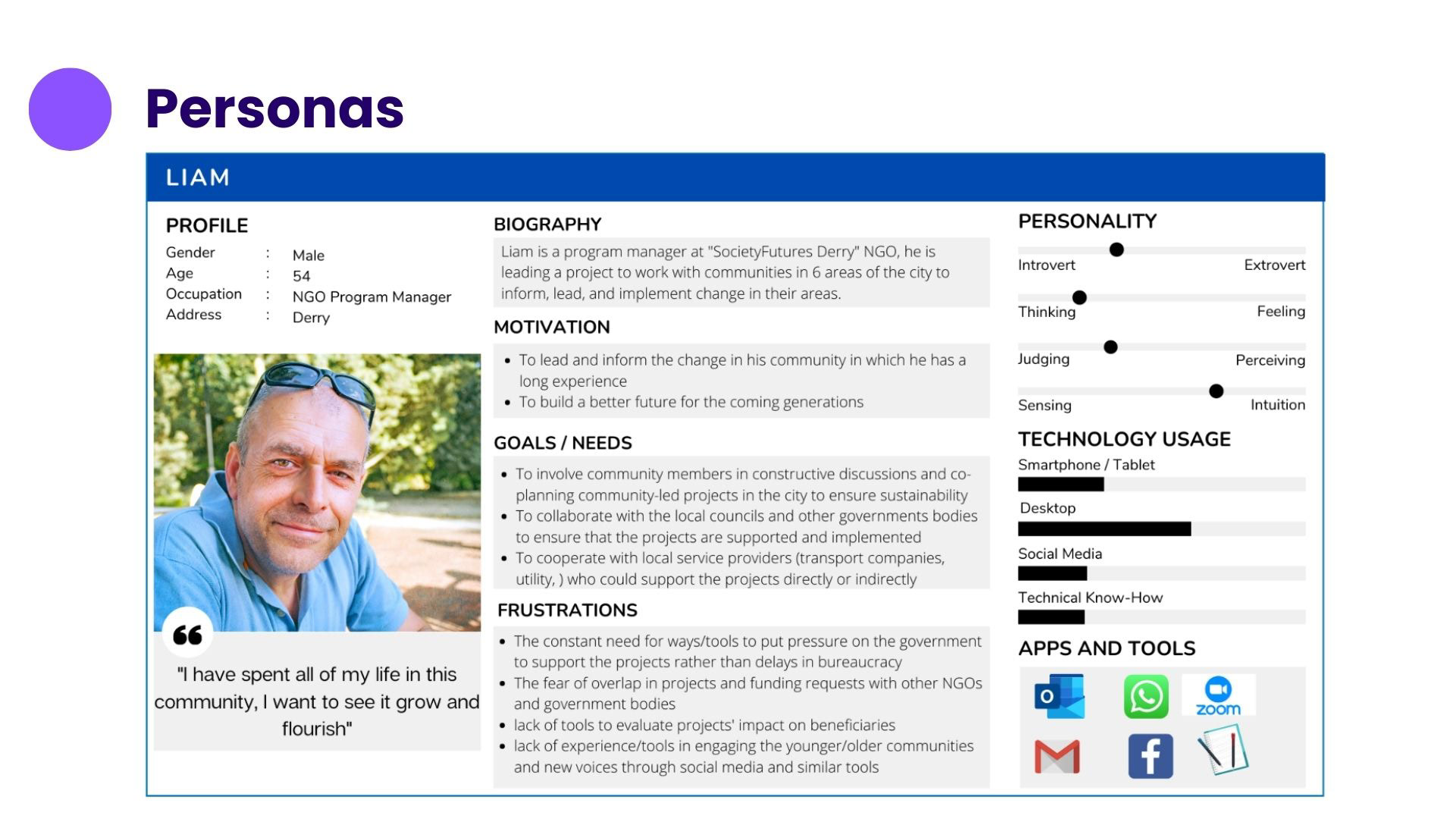
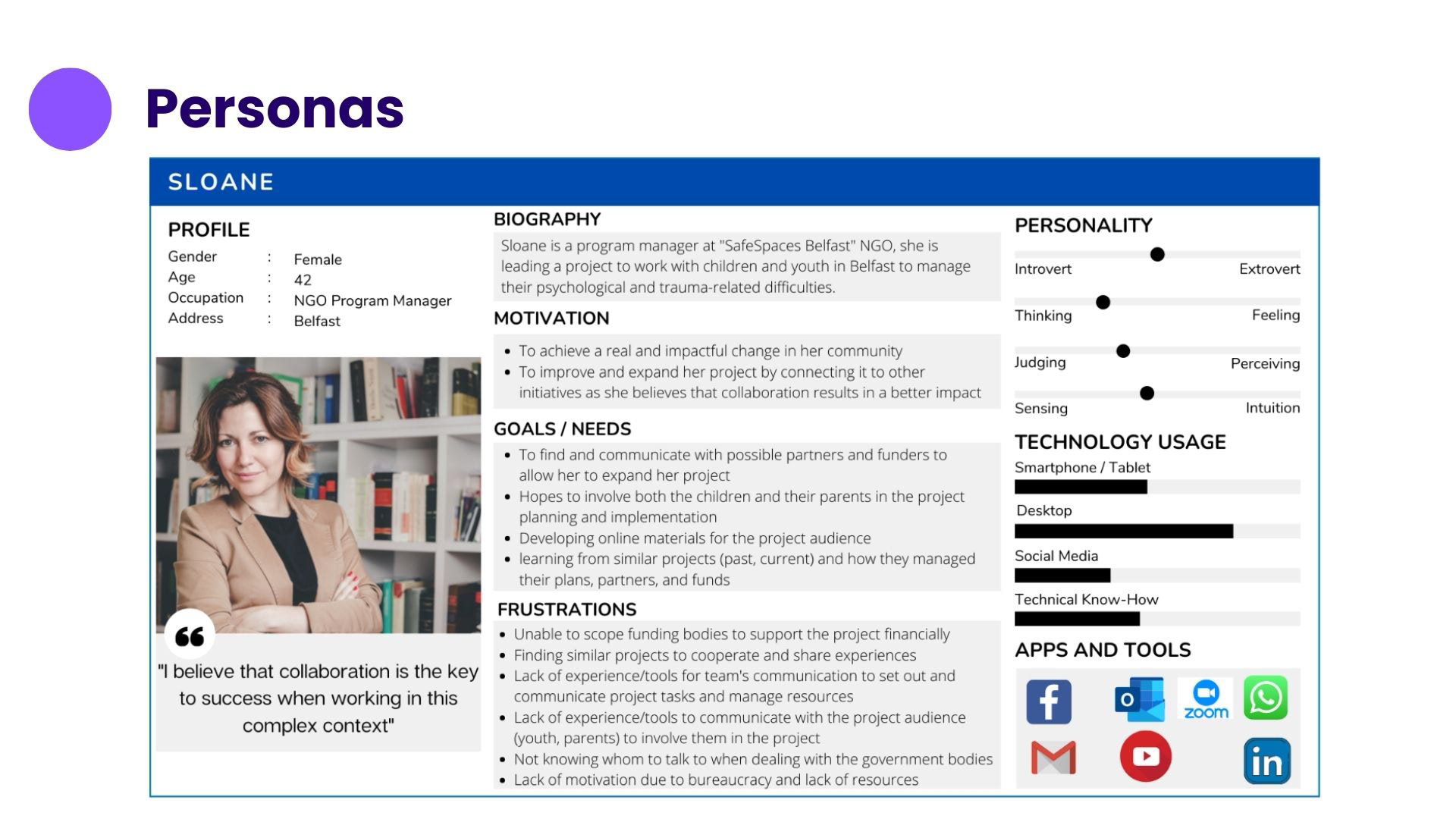
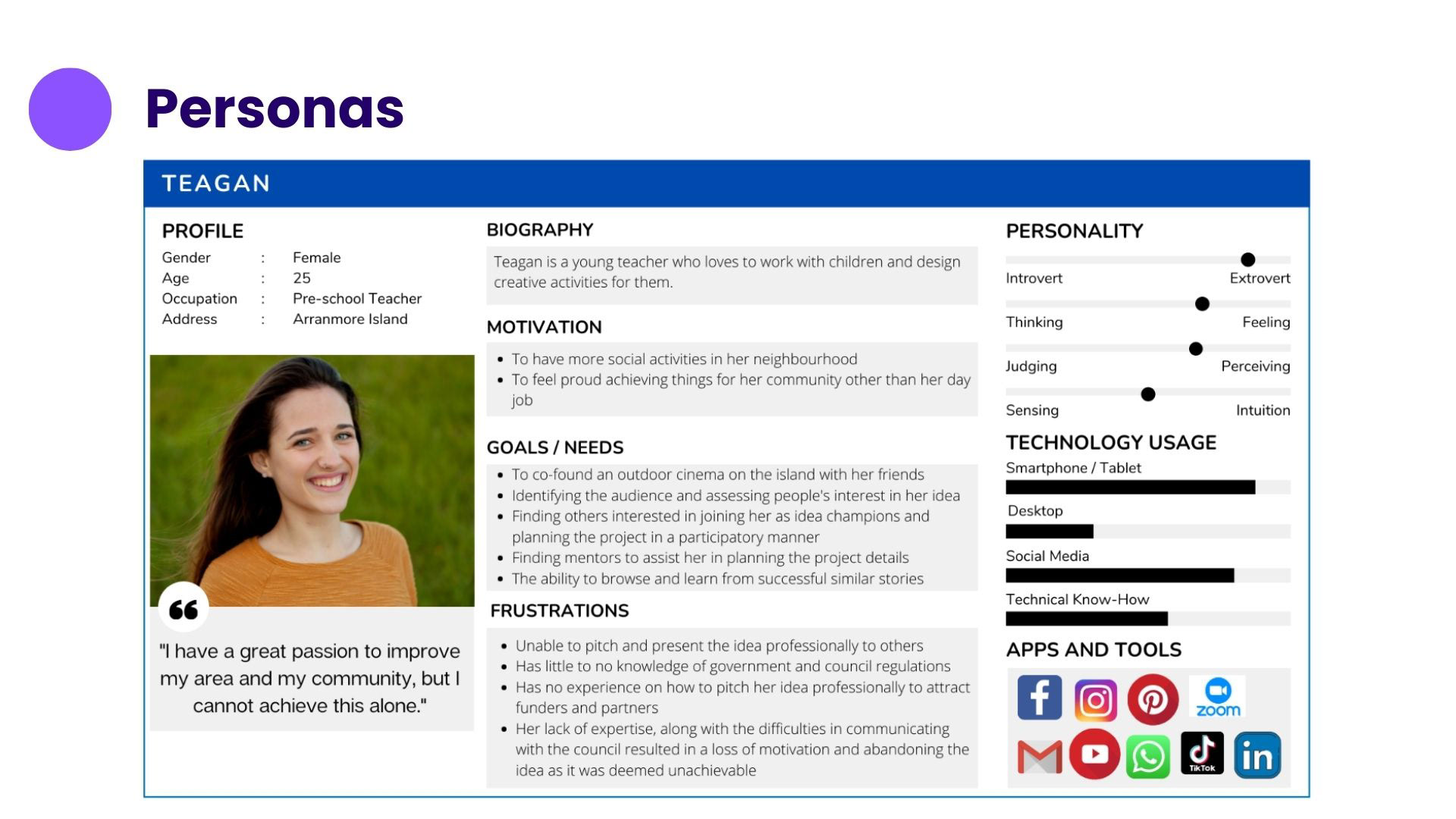
Data Analysis
We conducted a thematic analysis on all collected data, including transcripts, scans, ethnography notes, and recordings. This analysis resulted in a comprehensive breakdown of key themes:
◙ Audience & Demography
◙ Workflow
◙ Resources
◙ Challenges impacting users
◙ Suggested Features
◙ Challenges impacting future research and design
◙ Workflow
◙ Resources
◙ Challenges impacting users
◙ Suggested Features
◙ Challenges impacting future research and design
These themes informed our design decisions, ensuring alignment with user needs and compliance with GDS principles, particularly regarding accessibility and user-centred design.
Ideation & Design
Here are some examples of the designed features and how they were derived from user research and data analysis. I focused on supporting the core pillars of motivation (Autonomy, Competence, and Relatedness) in all the designed features which resulted in an increased motivation to use the tool and onboard more projects.
Here are some examples of the designed features and how they were derived from user research and data analysis. I focused on supporting the core pillars of motivation (Autonomy, Competence, and Relatedness) in all the designed features which resulted in an increased motivation to use the tool and onboard more projects.
○ Need for Communication and Organisation:
“We use multiple tools, including WhatsApp that I prefer to keep personal... too many discussions in one place” – Research participant at a workshop.
Solution: We introduced features like:
◙ Chat & Private messages: organised by project discussion categories such as "General, Money, Places, Time" that were derived from the thematic data analysis from the Workflow theme.
◙ Cloud Protected File Sharing section: that automatically picks up any files shared in the chat
◙ Task Management Tool: assigned to members, categoriesed by the discussion topic
◙ Cloud Protected File Sharing section: that automatically picks up any files shared in the chat
◙ Task Management Tool: assigned to members, categoriesed by the discussion topic
○ Lack of Experience and Support Resulting in Lack of Motivation:
“I often don’t know where to start from, who to ask, what to do”
– Research participant at a workshop.
– Research participant at a workshop.
Solution: introducing a supportive Chat Bot that analyses the project tags & data and provides the following:
◙ Template plans for planning the funding, human, and time resources.
◙ Suggesting resources based on project Tags and categorisation.
◙ Suggestions for similar projects to learn from or contact
◙ Contacts with skills and knowledge that is relevant to the project
◙ Template plans for planning the funding, human, and time resources.
◙ Suggesting resources based on project Tags and categorisation.
◙ Suggestions for similar projects to learn from or contact
◙ Contacts with skills and knowledge that is relevant to the project
○ Need to Feel the Relevance of Available Projects Around Users::
“There are many projects around us that we don't know about. We tried once creating an Excel with links to all mental health initiatives in our area”
– Research participant at a workshop.
– Research participant at a workshop.
Solution: Designed an interactive maps showcasing the following:
◙ All existing and finished projects
◙ Resources & Mentors
◙ Existing visual plans for areas redesign
◙ All existing and finished projects
◙ Resources & Mentors
◙ Existing visual plans for areas redesign
○ Lack of Tools to Visually Redesign Spaces::
“Half of the projects we work on involve redesigning a space. We sketch using pen and paper, or some limited mobile apps. We share our ideas with other stakeholders who in return edit it on other apps” – Research participant at a interview.
Solution: Introduced a visual remix tool allowing users to:
◙ Visually co-design spaces by mixing real views using a library of digital elements.
◙ Allows users to share their design ideas with others in a way that allows easy edit and redesign of existing ideas
◙ Allows users to share their design ideas with others in a way that allows easy edit and redesign of existing ideas
Team Alignment & Cross-Functional Collaboration
To align distributed teams across the UK and Ireland, I introduced systems for transparent, async-friendly collaboration—including a weekly “pulse doc” for sharing progress and a series of regular cross-team syncs. I also translated key updates across design, research, and technical teams to maintain shared priorities.
To deepen user understanding, I helped coordinate in-person team visits to pilot cities. Designers, engineers, and product leads joined research sessions on the ground, fostering empathy, reducing miscommunication, and anchoring decisions in real user contexts. This model strengthened team cohesion and ensured implementation remained research-driven.
Testing & Evaluation
We combined log data analysis (via Google Analytics) with usability testing to uncover key drop-offs in user engagement. This revealed pain points such as abandoned project creation flows, postcode restrictions, and low error tolerance.
◙ Usability testing with Champion users, joined by developers and designers, exposed design and workflow issues firsthand.
◙ Findings were grouped and routed to relevant teams—bugs to developers, clarity to designers, and systemic blockers (like postcode logic) to PMs and stakeholders.
◙ Iterative design sprints followed, leading to a significantly improved experience and an 850% increase in onboarded projects.
◙ Findings were grouped and routed to relevant teams—bugs to developers, clarity to designers, and systemic blockers (like postcode logic) to PMs and stakeholders.
◙ Iterative design sprints followed, leading to a significantly improved experience and an 850% increase in onboarded projects.
Outcome
The project successfully expanded from Ireland to England (Essex and Bristol), supporting mental health initiatives with added features such as heatmaps, AI GPT based tool, calendar and shared document writing tools. The platform saw an 850% increase in onboarded projects across both countries. Despite challenges such as geographical communication issues, lack of clear hierarchy among partners, and a focus on rapid delivery, continuous negotiations, iterative design, and data-driven arguments ensured the project's success. The app's redesign, informed by usability testing and evaluation, led to a significantly improved user experience and more efficient workflows.
Reflection
This project was a significant learning experience, emphasizing the importance of user-centered design and iterative development. Through thorough requirement gathering and user engagement, we addressed the unique challenges faced by small-sized NGOs in managing mental health initiatives.
Key Learnings:
User-Centered Approach: Understanding user needs through contextual inquiries, ethnographic observations, and user engagement was crucial in shaping the platform's design and functionality.
Iterative Design and Testing: Continuous usability testing and iterative design sprints were essential in refining the platform, addressing issues like user error tolerance, postcode limitations, and data clarity.
Collaboration and Communication: Effective communication among geographically dispersed teams and stakeholders was vital. Regular meetings and data-driven arguments helped align everyone towards common goals.
Adaptability and Problem-Solving: Navigating challenges such as geographical communication barriers and the need for rapid delivery required adaptability and strategic problem-solving.
Impact and Scalability: The platform's expansion and significant increase in onboarded projects demonstrated its scalability and impact. New features like heatmaps and AI GPT-based tools further enhanced user experience.
Conclusion:
This project reinforced the value of a holistic UX research approach, combining qualitative and quantitative methods to inform design decisions. The positive outcomes and user feedback validated our efforts, highlighting the potential of user-centered design in addressing real-world problems.
Screenshots
